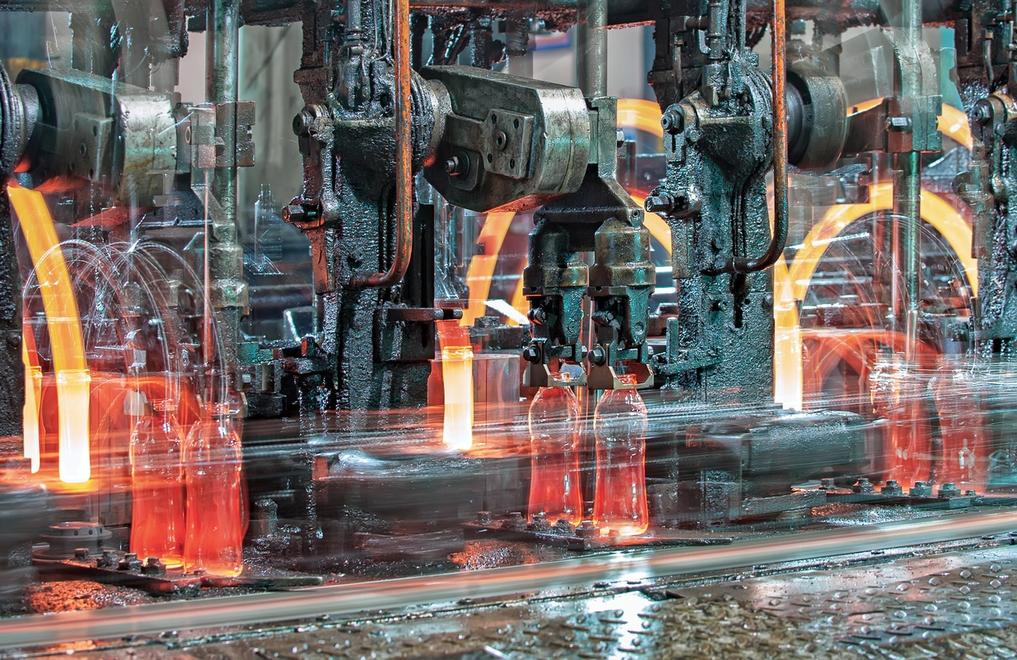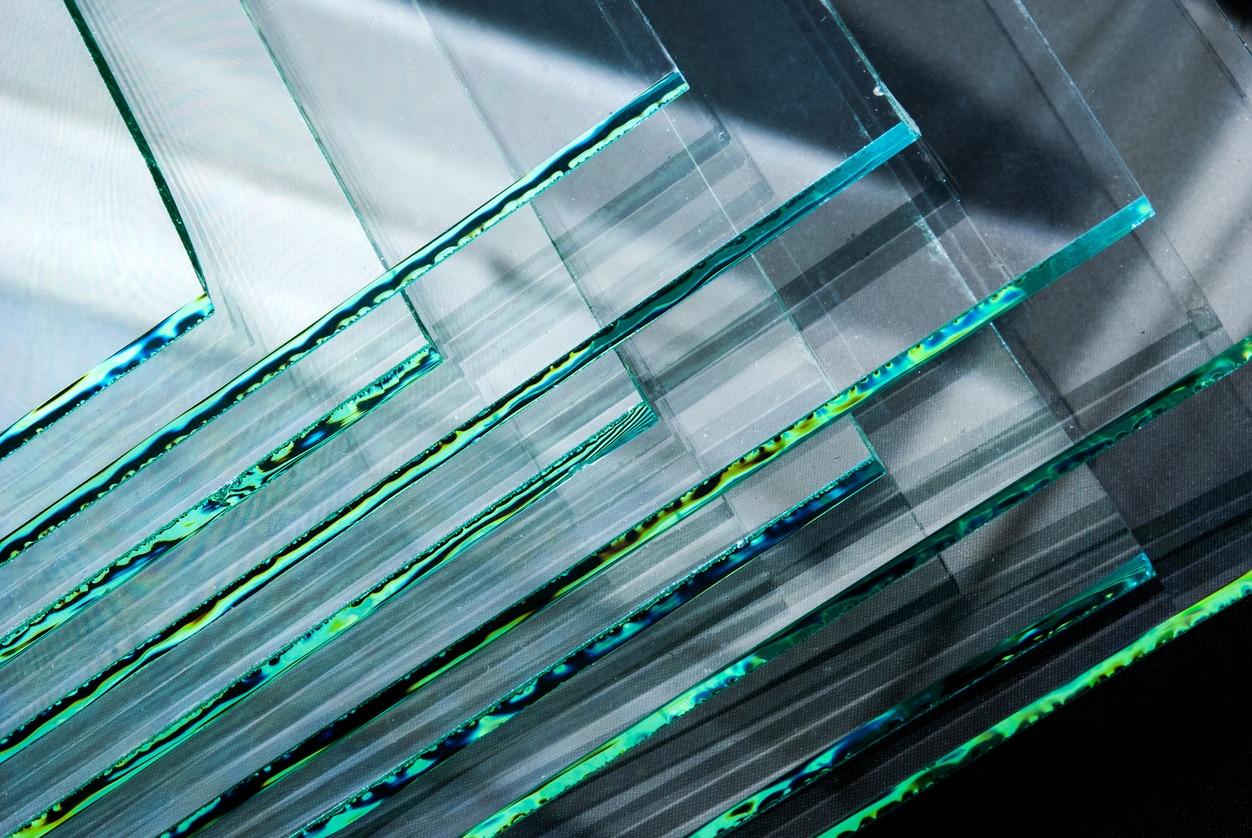Glass
Discover what is Glass, a manufacturing material, and its usage in the industry.
Introduction to glass
Glass is a silica-based, non-crystalline amorphous solid material that has broad practical and technological properties as well as a longstanding function in decorative applications such as windows, tableware, and household appliances. Glass transmits, reflects, and refracts light, all qualities that can be enhanced through cutting and polishing for use in optical lenses, prisms, fine glassware, and optical fibers for high-speed data transmission that uses light.
While a broad array of different silica-based glass exists, the most ordinary glazing and container glass is soda-lime glass, also known as soda-lime-silica glass. It accounts for approximately 90% of all manufactured glass and is an essential element in windowpanes, glass containers for beverages and food, and various other goods. Two groups represent the classification: flat glass (windows) and container glass. The techniques differ for these two groups, with a float technique used to produce flat glass; and blowing and pressing techniques to manufacture container glass.
It is possible to color glass by adding and homogeneously distributing electrically charged ions or by emitting finely dispersed particles to glass in a molten state. While ordinary soda-lime glass appears colorless to the naked eye when it is thin, it contains traces of iron oxide impurities that produce a green tint that is more visible with thick pieces or with scientific instruments. Raw materials containing iron oxide generate green and brown bottles.

Generic Glass Materials
Tempered soda-lime glass is a glass safety technique often employed in glass bakeware and doors and windows. Manufacturers fabricate tempered glass by implementing either a chemical or thermal process that makes soda-lime glass crumble into small granular chunks when broken; this contrasts with annealed glass, which splinters into dangerous jagged shards upon breakage.
Some of the key benefits of soda-lime glass include its affordability, chemical stability, relative strength, and highly malleable properties. It is produced by melting raw materials such as soda (sodium carbonate), lime, dolomite, silica, alumina, and small quantities of fining agents in a glass furnace at extremely high temperatures up to 1,675 °C locally. Additionally, it is possible to remelt and resoften soda-lime glass numerous times, making it an ideal material for recycling.
Get multiple quotes for your parts in seconds
